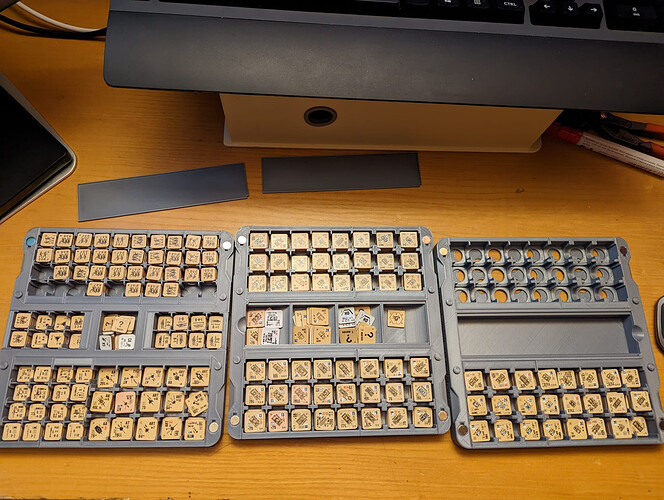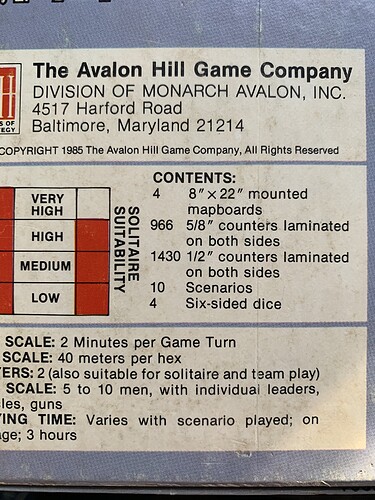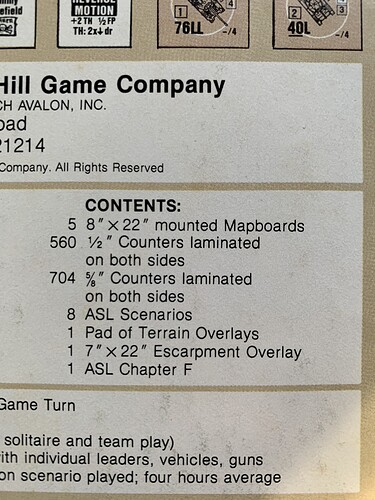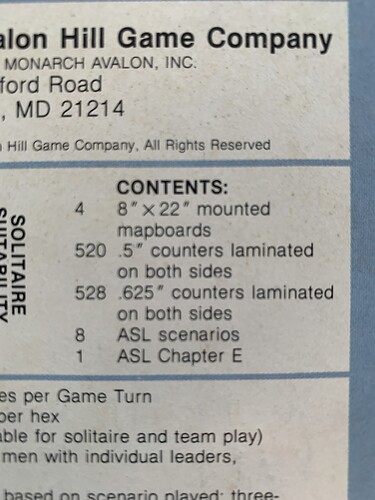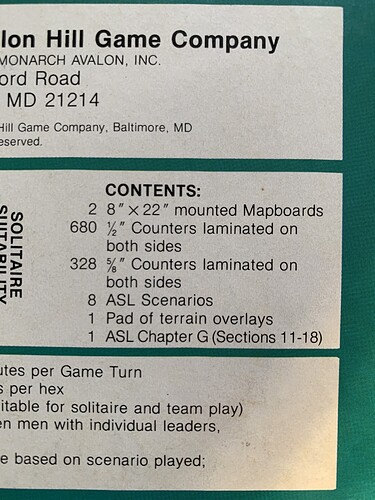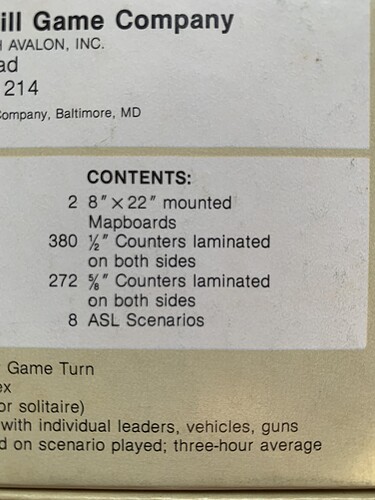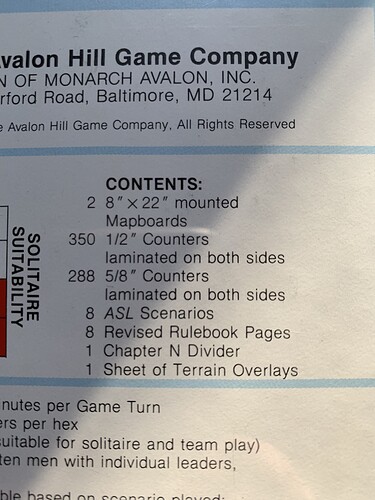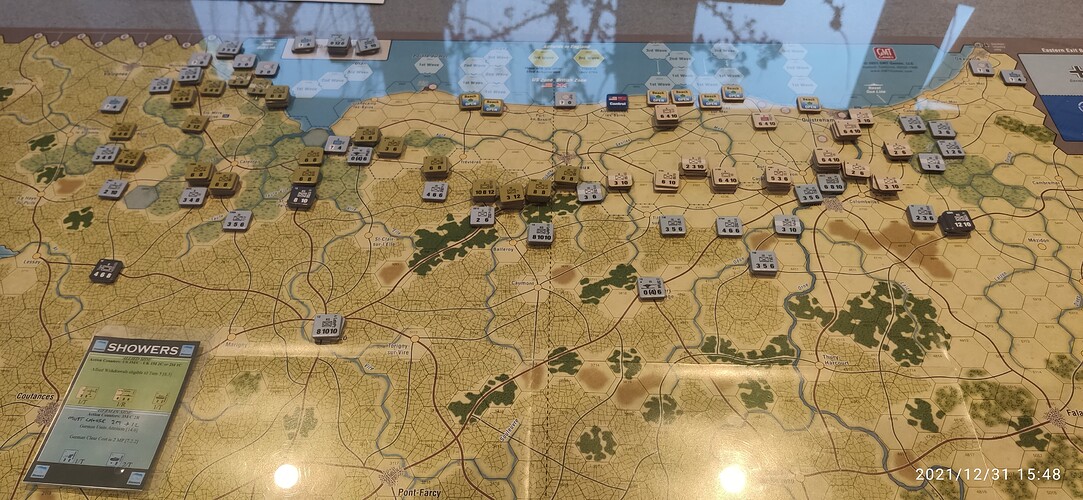Dark Summer on the table, part way through turn 2.
The Commonwealth forces nearly took one hex of Caen on turn 1 but some appalling dice rolls meant they couldn’t get into the city. Elsewhere all is going to plan as the US is about to encounter the bocage and start moving to isolate Cherbourg…
First impressions…
I’m really not sure about how the designer treats the difference between the US and Commonwealth forces in the chit mixture. The US get’s 4 chits in the early turns and each is a Move / Combat chit, the allied player can’t choose more than 2 Move or Combat in any one turn but as each one is drawn the choice can be made to either move or fight. The Commonwealth gets 3 chits (fair enough) but has to choose between either 2 Move and 1 Combat and 2 Combat and 1 Move, if the Move chit is drawn there is no choosing it has to be a move and vice versa (there’s a wrinkle the Allies can pull once per turn each to get round it) but this apparently reflects Russell A Hart’s conclusion that the Germans were the most tactically and operationally effective at adapting to the unexpected problems of Normandy, followed by the US and then “the Canadians and even more the British, struggling throughout the campaign to catch up”.
I haven’t read the book but my reading wouldn’t really suggest that to the degree the designer has included it at all. Now there’s no doubt that both Monty and Dempsey were not happy with various formations performance post D-Day (7th Armoured and 2nd Canadian Corps in particular were accused of being “sticky”) but I don’t believe that the Commonwealth were particularly slow in working out Infantry / Armour co-operation compared to the US troops for instance, I believe the Commonwealth troops were the first to cotton on to the fact that the first thing you had to do after taking a position was to dig in, get your artillery online and zeroe’d in and bring up the support because a counter attack would surely happen and it was a good chance to chew up some German units, something the Germans never learned from and continued to do throughout the Normandy battle and beyond. In addition Dempsey was the only one with any real experience of planning and executing combined arms amphibious assaults on any kind of scale whatsoever, so I suspect he had more knowledge about how it would go than anyone.
Another example is the designer changes the rules for the US fighting in bocage on Turn 7 because “by then they had developed the Rhino” I think in that case some acknowledgement of the role the Commonwealth forces had in developing the funnies and utilising them on D-Day and beyond would be reasonably fair.
Nevertheless it does give three distinctly different challenges for a turn depending on which side is currently drawn and that’s a definite plus.
The D-Day beach assault is carefully managed in all it’s glory but having played the first turn 3 times now to ensure I got it right I’m not sure all the chrome is necessarily worth it. The first turn basically tacks 4 rounds on to the front of it. 1st wave, German Reaction, 2nd Wave, German Reaction. 3rd wave then arrives with the first move chit drawn for the US and Commonwealth.
For instance the Ranger Battalion assault on Pointe Du Hoc has at least 2 modifications to the CRT just for it’s first turn assault to give it even a reasonable chance of pulling it off (in my game they got wiped out by the stronghold while in the process of destroying it with an Exchange result in their 2nd Wave assault after bouncing off it in the first wave) All to get a 3 strength single step unit ashore in a place which makes very little difference to the situation in the bridgehead. I get that it’s an iconic assault but so is Pegasus Bridge and that get’s no treatment whatsoever.
The Allied player would have to roll incredibly, incredibly badly not to get ashore by the end of the 3rd wave and in the vast, vast majority of cases will be ashore and established at the end of the 2nd wave (and I have absolutely no problem with that). I am not sure the amount of exceptions to the rules to make it work are really worth the while since if the landings go really poorly it’s probably time to reset and have another go but I also get in a game about D-Day the allied player probably wants to recreate The Longest Day, Saving Private Ryan et al and woe betide any designer who leaves the beach assault out!
Once the beach assaults are out of the way, however, and the turns settle down there’s a rip-roaring time to be had I think. The Germans need to think extremely carefully about the placement of their forces and where to put their reserves. The Allies have units with massive movement values and leaving a single hole in the line will lead to probable complete disaster which makes for a tense round every time a chit is pulled. The Germans get two reaction chits they can play any time to move either a stack or formation and the decision making around these is crucial I think. There is plenty of scope for the Allies to make feint attacks and shift their axis of advance to take advantage of the limited German reserves and this makes their part in the game equally challenging and rewarding.
All of the above is tied in with the weather which is chit drawn for an entire turn from a pool. Once that weather chit is drawn it is discarded. So the amount of each type of weather is fixed, but when each one happens is random (a nice touch and better than a die roll I feel) and tracking the exceptions to things depending on the weather can be a little daunting, fortunately someone on BGG has produced some handy card references to help (you can see it on the table in the picture). Each exception makes perfect sense but there are a lot of them…
To itemise just a few…
Germans can’t use road movement during Cloud and Sun turns
Allies can use tac air once per round (ie chit draw) during Cloud and Sun, once per turn during Showers and not at all during Storm and Rain
Allies can use carpet bombing during Cloud and Sun only
German attacks are shifted 1 column left (ie a bad thing) during Cloud and Sun
Allied units check for attrition during Storm and Rain but not otherwise
German movement for clear terrain is 2MP instead of 1 for Cloud and Sun turns
So a cracking game I think, essentially a very simple and clean set of rules (no dice modifiers for the CRT!! Just terrain modifiers shifting the odds columns and amending the CRT results in certain circumstances for instance) but a ton of exceptions that need to be borne in mind all the time as you progress.
A disciplined player with an orderly approach will probably take this all in their stride but someone with a more freewheeling approach to play might spend the game thinking they had forgotten some crucial rule modification the entire game I reckon…

